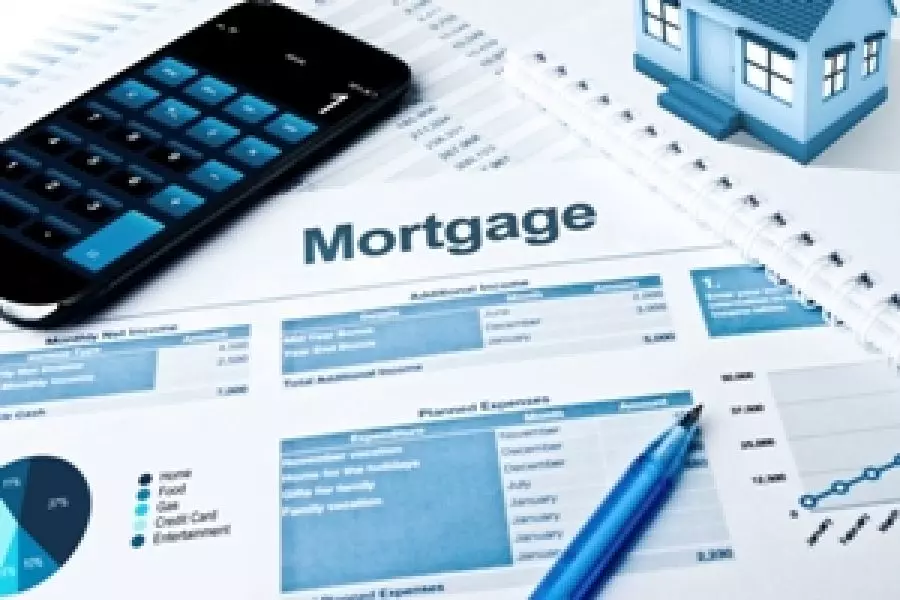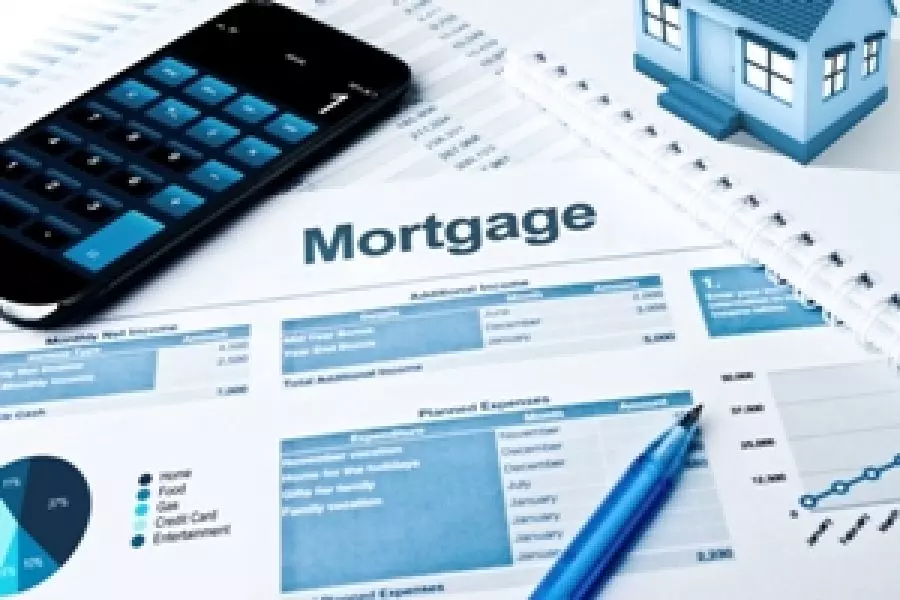
News
Finding certainty in uncertain times

Friday 28th of May 2021
A net 64% of respondents to the survey expect house prices to keep rising over the coming 12 months.
That represents a bit of a wobble from last quarter’s 73% all-time high, but it is the third-highest reading in the 25-year history of the survey.
ASB chief economist Nick Tuffley says would-be home buyers are understandably frustrated.
Perceptions of whether it&rsq...
Want to read the full article?
Click the button below to subscribe and will have unlimited access to full article and all other articles on the site.





![[The Wrap] Bye Bye Bayly](https://goodreturns.publit.io/file/c_fill,w_900,h_600/39f23ac1-f7c7-4854-b700-a150004ebbac.webp)


